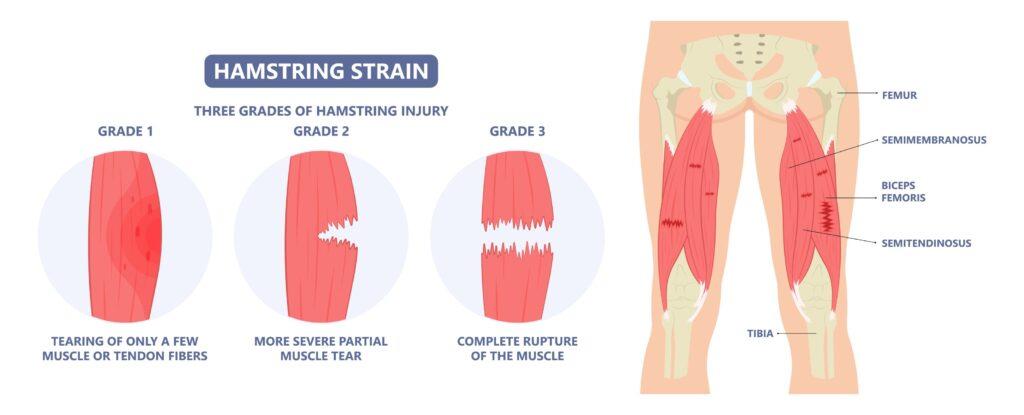Hamstring Injury Treatment in Manhattan Beach and Torrance, CA
One of the more common muscle injuries in sports are hamstring injuries. The hamstring muscles are located on the back of your thigh. Their main function is to flex the knee. The three muscles that make up the hamstrings are the semimembranosus, semitendinosus, and the biceps femoris. These muscles can be strained, or stretched, during running and jumping activities. They are at maximum stretch with the knee extended and the hip flexed.
A hamstring injury can be debilitating, but you don’t have to let it sideline you for long. Beach Cities Orthopedics and Sports Medicine, a leading orthopedic surgery clinic in Manhattan Beach and Torrance, California, is here to provide you with expert care and innovative solutions to help you recover and get back to your active lifestyle.

Dr. Morgan cares for patients in Manhattan Beach, Torrance and surrounding areas. Take the first step toward a stronger hamstring today! Call 818-863-4446 to schedule your appointment with Dr. Morgan today!
How Do Hamstring Injuries Occur?
Hamstring injuries can occur within the muscle, the tendon, or, most commonly, at the muscle-tendon junction.
What are the Symptoms of a Hamstring Sprain?
Symptoms of a hamstring strain include pain in the back of the thigh. Cramping and even bruising can occur.
What are the Different Grades of Hamstring Strains?
Hamstring injuries can keep athletes out for varying amount of time depending on the severity of the injury. We grade hamstring strains, and all muscle strains, into three categories.
Grade 1 Injury
In grade 1 injuries, the hamstring muscle sustains microscopic tears. Grade 1 injury can sideline an athlete for about1-2 weeks.
Grade 2 Injury
Grade 2, partial tearing of the muscle fibers occurs. Grade 2 injuries can usually sideline an athlete to 2-4 weeks.
Grade 3 Injury
In grade 3 there is complete tearing of the muscle. Fortunately, grade 3 injuries are rare. Grade 3 injuries can sideline an athlete for up to 6 weeks or more.
How do you Treat a Hamstring Injury?
If you have sustained a hamstring injury, the first step is to rest, ice and take anti-inflammatory medicines like Advil or Aleve. Stretching and light strengthening after the injury are key to promote healing and prevent recurrence. Nordic hamstring curls are an excellent exercise to stretch and strengthen the hamstring and have been shown to reduce hamstring strains in high level athletes.
Fortunately, most hamstring injuries heal well with non-operative treatment. If the injury involves tearing of the tendon off the ischium (pelvis bone), then surgery could be required.